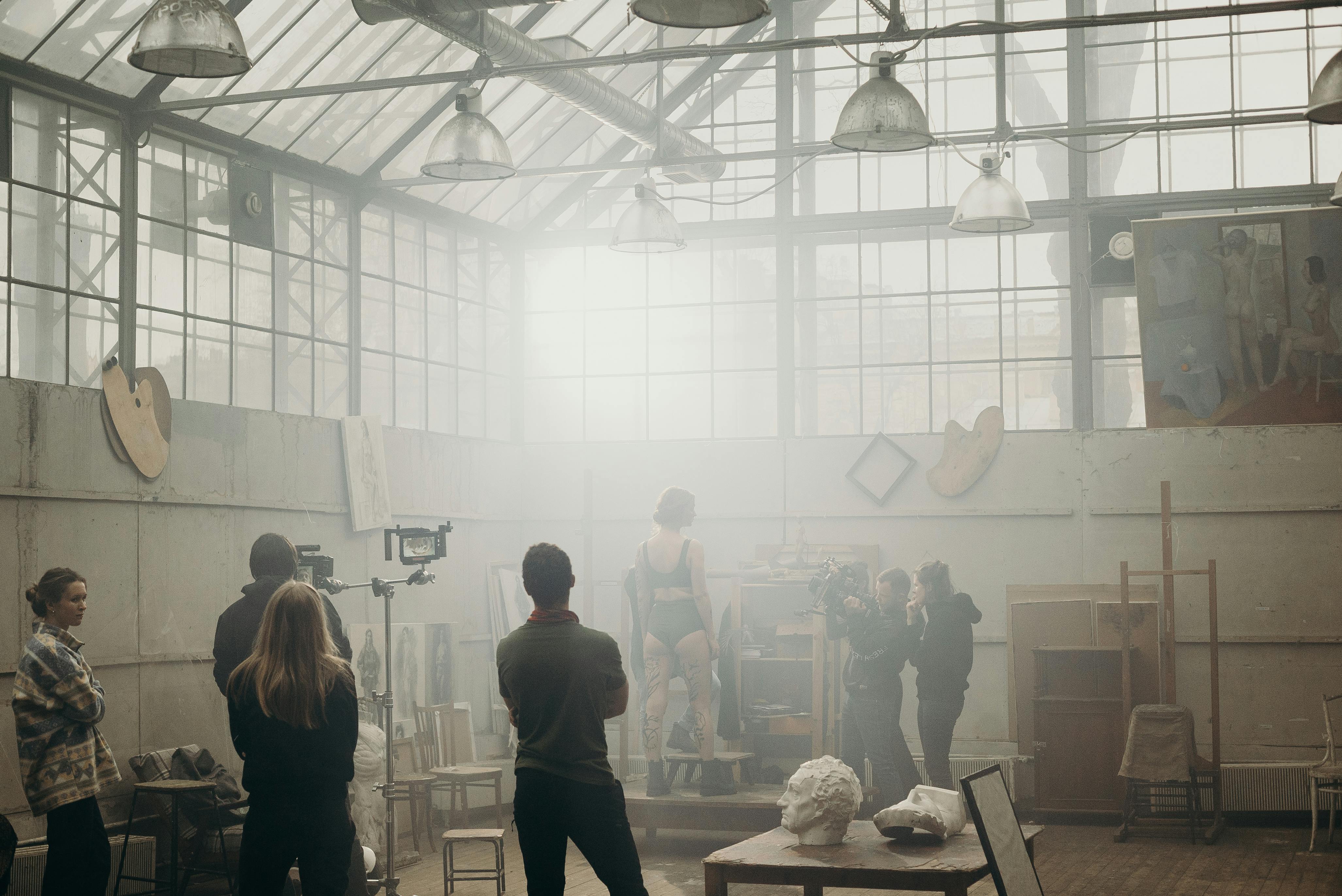
The Ancient Mayan Site of Lamanai, Belize: A Brief History
One of the few remaining original ancient Mayan city names designated by the Mayans that still exists today is Lamanai. This site itself is located in northern Belize on the west bank of the New River Lagoon. Lamanai’s ancient name was recorded by the Spanish in the 16th century and brought to light again by historian Grant Jones through his work in the archives of Seville, Spain. The name Lamanai loosely translates to “submerged crocodile.” Knowing these two facts tells us two very important things, one, the ancient Maya were still residing in Lamanai when the Spanish arrived. And two, the name of the site indicates the importance of the Morelet crocodile, whose remains are rarely found in midden deposits, indicating that they were rarely consumed due to their important status within the community. When one visits this site, it becomes apparent that this translation is apt because there are numerous depictions of crocodiles appearing on pottery, stone, architecture, and accompanying stucco facades.
It is estimated that between 30 and 60,000 Maya may have resided in Lamanai during the height of civilization and the occupational history far exceeds that of many other Maya cities with 3,000 years of uninterrupted human history. This history of occupation continues into the contact period, and it is certainly true that the Spanish would not have built two churches on this Mayan site if there were not a resident population in Lamanai to convert. The first Spanish church, Structure N12-13, dates to approximately AD 1570; it was built some time after Lamanai became part of the Spanish encomienda system (royal grant to a Spaniard for the right to work and tribute to a native population, who is also responsible for Christianizing the natives). This first church was built on top of an existing Postclassic Tulum-style building that contained painted murals; in this case it appears that the Spanish were attempting to convert the Mayans to Catholicism by substituting one religious practice for another. The conversion was difficult and archaeological evidence for this exists in the form of a burned and destroyed first church and the caching of various figurines around and near the churches in the traditional Mayan style. Although a second Spanish church, Structure N12-11, was built, ultimately the Spanish were never able to establish strong control in this area. It was in 1638 AD. C. when there was a general revolt of the Mayans that ended with the withdrawal of the Spanish, at least for the moment.
The Lamanai Historic/Colonial and Late Postclassic periods are certainly fascinating and are what most current research is focusing on. But the fact that Lamanai has one of the tallest securely dated Preclassic structures in the Maya world, Structure N10-43, indicates that it certainly had a solid foundation on which to build and thrive. This Preclassic stronghold may have been one of the reasons Lamanai survived what many other major city-states suffered during the 9th century.
It was during the Late Classic period that there was a decline or collapse of the Mayan civilization consisting of political and/or economic collapse, possible drought, and possibly a population increase that severely affected the food supply. This decline affected numerous Classic period city-states such as Tikal, Copan, Palenque, and Caracol. During this time, these city-states were almost completely abandoned and monumental architecture was no longer built, pottery production declined, and carved stone monuments no longer told the stories of the elite ruling class of the Maya. Lamanai survived this decline or collapse and there are several theories as to why, one already mentioned is the strong Preclassic foundation, and the second is the construction of the city on a large body of fresh water today called the New River Lagoon. In ancient times, as well as today, this lagoon provided food, transportation, drinking and bathing water, a sacred refuge for the revered crocodile, and a setting for sacred rituals.
Due to Lamanai’s proximity to the New River Lagoon, the ancient Maya residing there may have escaped potential environmental degradation seen elsewhere. It has also been suggested that Lamanai was quite isolated from other major cities, we know that the Maya never had a central capital city and that there was constant conflict during the Classic period. It may have been the case that Lamanai’s somewhat isolated location, to some extent still the case today, protected it again from this decline or collapse.
The early and more recent history of Lamanai (see History of Belize: The Mayan, Spanish and British Occupation, by L. Howard) reflects the development of the young nation of Belize with the Mayan, Spanish and British occupation. British commercial activities during the colonial period at Lamanai included the production of 200 acres of sugar cane by the British, who built a mill whose success was never really seen during the 15 years of operation from 1860 to 1875. The extensive works One of the only steam-operated mills in Belize is located in the western part of the Lamanai Archaeological Reserve.